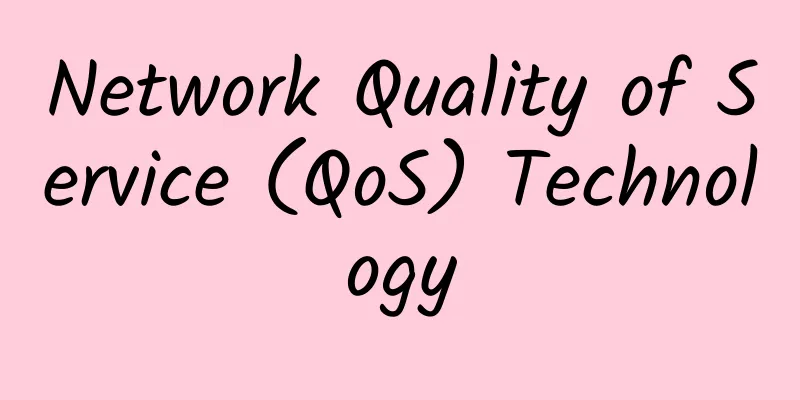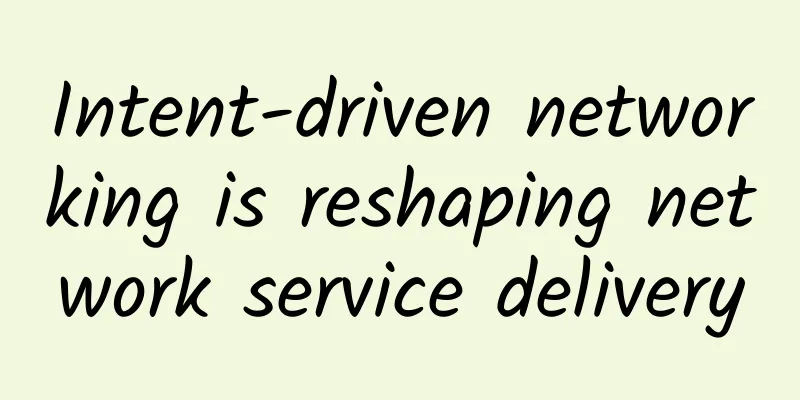How does Huawei Software Development Cloud make DevOps a reality?

|
DevOps has transformed the workflow and traditional measurement standards between development and IT operations. This work capability that emphasizes seamless connection between information stakeholders ensures efficient software delivery and brings products to market faster. Not only that, enterprises can also improve product quality and organizational effectiveness after applying DevOps. Of course, to achieve all this, reliable and deep technical platform support is required. Huayun Software Development Cloud has provided the answer to this.
The advantages of DevOps are obvious, but if you look closely, you will find that not many enterprises have actually implemented them. Although technologies such as cloud computing, containers, and microservices are gradually maturing, enterprises still face challenges in business delivery. For example: 1. Fast delivery frequency, short R&D cycle, and high quality requirements Market demand changes very quickly, and ideas need to be quickly transformed into products to avoid missing the window of opportunity, which puts a lot of pressure on delivery. At the same time, they need to be released on demand, with a high delivery frequency, while ensuring quality acceptable to the market. 2. There is a lot of cross-regional collaboration among multiple teams, and efficiency needs to be improved urgently Product delivery teams are often located in different regions and usually work with partners to deliver product features. Different teams use different product support tool platforms, making it difficult to meet the requirements of fast and high-quality delivery. 3. The establishment and continuous evolution of the tool platform cannot meet the requirements of security, reliability and cost-effectiveness Enterprises have found that building a tool platform based on open source tools or commercial tools requires dedicated maintenance, is very costly, and has difficulty ensuring reliability. In addition, when collaborating with external customers, open tool platforms face security risks. The concept of DevOps has been around for 8 years. It not only needs to break down the departmental walls between development and operation, but also needs to take into account the complete life cycle of applications and services to achieve automation and cross-team online collaboration. The core practice concepts of DevOps include: Culture, Automation, Lean, Measurement, and Share, collectively referred to as CALMS. However, the implementation of DevOps cannot be separated from the support of standardized and automated tools to achieve full connectivity between different software delivery teams. Whether it is vertical integration or horizontal integration, DevOps needs to be integrated end-to-end through tool chains and continuous integration, delivery, feedback and optimization. Based on more than 20 years of R&D practice and integrating DevOps and other concepts and methods, Huawei has created a software development cloud service, hoping to provide enterprises with a one-stop cloud development tool platform. It is understood that Huawei Development Cloud provides project management, configuration management, code checking, compilation and construction, testing, deployment, release and other related services that cover the software life cycle end-to-end. From a technical perspective, enterprises can use services such as "configuration management-code review-compilation-build-deployment-test-release" on the software development cloud to visually create pipelines for product version integration and release. This pipeline contains multiple stages; multiple different types of tasks are created in each stage, such as code review tasks, compilation and build tasks, etc. After the code is submitted, the cluster concurrency and acceleration capabilities of various services on the cloud can be used to maximize the concurrency of related tasks in the pipeline, automatically realize version-level integrated release at the hourly level, obtain version quality reports, and quickly feedback to developers for quick repairs. After the developer fixes the version, the pipeline is integrated and released again. In an emergency, the version can be rolled back quickly and reliably. In this way, weekly or daily version builds become possible. The project management service provides an agile and socialized project management method that can be associated with configuration management, allowing the development team to collaborate effectively and grasp the project progress and quality in real time through various charts such as Kanban boards. In actual use, taking a certain incubator as an example, the incubated companies mainly develop products related to smart city solutions, and multiple companies often work together to develop a product. Each company uses different R&D tools, and there is no unified R&D tool platform. In order to solve the problems of the waterfall model being difficult to iterate quickly, cross-regional multi-team collaboration, long manual compilation and build cycles, and inconsistent tool platforms for different teams, Huawei Software Development Cloud was selected for joint project development. After becoming familiar with the DevOps R&D model and software development cloud service features (such as assembly lines, etc.), the integrated release of the product version was shortened from the original 1 day to 30 minutes, and the delivery cycle of the entire project was shortened to 3 months. In general, the Software Development Cloud is an important part of Huawei's enterprise cloud solution. It fully utilizes the capabilities of Huawei's enterprise cloud I and P layers and provides very high reliability and security. In the future, the Software Development Cloud will inevitably combine Huawei's business methodology, tools, and practice development trends to promote service evolution. For each enterprise, they can use the Internet connection capabilities of the Software Development Cloud to conduct collaborative development safely and reliably, and use it out of the box to realize the implementation of the DevOps R&D model. |
>>: Pay attention to the "baton" of athletes to make business flow more efficient
Recommend
I encountered message accumulation, but it is not a big problem
[[431068]] Hello everyone, I am captain. If you f...
Turn off WiFi to avoid base stations for fear of radiation. You are wrong again
[[434629]] I didn't expect that in 2021, ther...
Enterprise router purchasing: Start by reviewing border routers
In the past, routers had only one purpose - to ro...
Mathematical formula could help 5G networks share communication frequencies efficiently
Researchers at the National Institute of Standard...
Tencent has already surpassed the three major operators in seconds, and it may be time to stop letting the fish grow
Since 2015, the regulatory authorities have vigor...
5G Thinking | Moderately Advance 5G Network Construction
Network construction is the cornerstone of 5G com...
618 is here, it’s time to upgrade your WiFi 6 router!
[[404856]] 618 is here, and during the annual sho...
Don't let hackers sneak into your network: In-depth analysis of DHCP Snooping
1. Overview of DHCP Working Principle Before lear...
A Five-Star End-User Experience Requires Unified Digital Experience Management
Introduction To deliver a five-star digital exper...
To improve the security performance of SD-WAN, you need to do this
In order to do a good job in network security, SD...
5G development requires a long process
In terms of network construction scale, the numbe...
With the rise of new infrastructure and other demands, the upgrade of the next generation domain name system is imminent
When it comes to the Internet domain name service...
Comparison between MQTT and SSE
Building a real-time web or mobile application is...
Microsoft discontinues SQL Server on Windows Containers Beta project
In 2017, Microsoft launched the SQL Server on Win...
Four major issues and three major directions: these are what you should know about 5G pre-commercial use!
At the MWC that just ended last week, 5G can be s...









